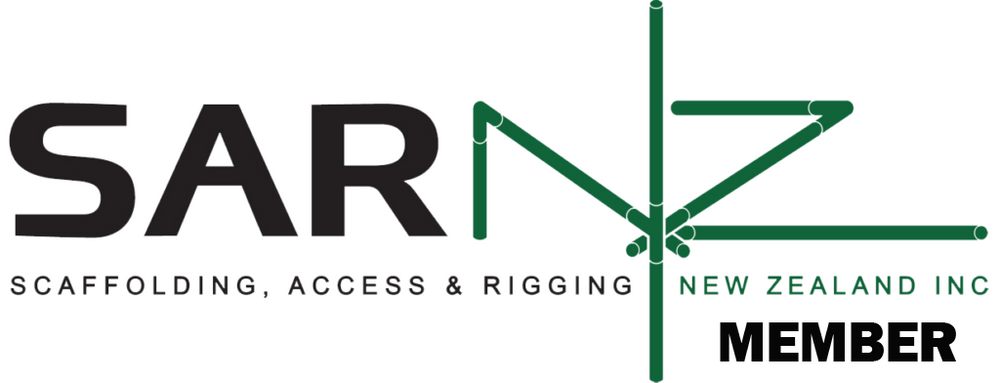Difference between Shelving and Racking
Cleanliness isn’t next to godliness, but orderliness generally accompanies success for businesses and other organizations. Workers in warehouses may puzzle over best ways to store and access materials. Understanding the difference between shelving and racking can help any workplace become more efficient.
Without this understanding, organizations that require sophisticated storage solutions for shelving and racking in Auckland may create confusion and slow down progress for employees. Instead of helping to meet the needs of customers throughout New Zealand, employees may find themselves in an endless round of struggling to access and store inventory and other materials.
Considering the basic differences between shelving and racking products is a good starting point for designing storage that is sensible and easy to access.
Racking Doesn’t Equal Shelving
Racking generally spans a wider space, is deeper and is stacked higher than shelving. It is built and installed in a manner that makes it possible to access materials — such as large boxes or entire pallets of goods — with cherry pickers, forklifts or mechanized systems that move materials down to ground level. In most cases Racking takes advantage of the Vertical height to increase Cubed density.
Some kinds of racking — such as at a home improvement center — may be accessed by hand, but are cantilevered so that long, unobstructed racks can store lumber. One warehouse may need tall tiers of deep racks that are strong enough to support a multitude of heavy pallets and are only accessible via machines. One area may need specialty brackets to display mouldings or wire . Another may need tall racks combined with a steel mesh, industrial mezzanine so employees can get into higher storage areas. Yet, even in some warehouses, towering rows of racks may not be an appropriate choice at all. This is especially true in situations where shelving is more useful.
Shelving systems are for materials that almost always need to be accessed by hand, such as books, small boxes of medicine and auto accessories. Shelving often offers solid, counter-like surfaces on which to support items. It usually doesn’t have the mesh platforms, openness or the scaffold-like look of racking.








